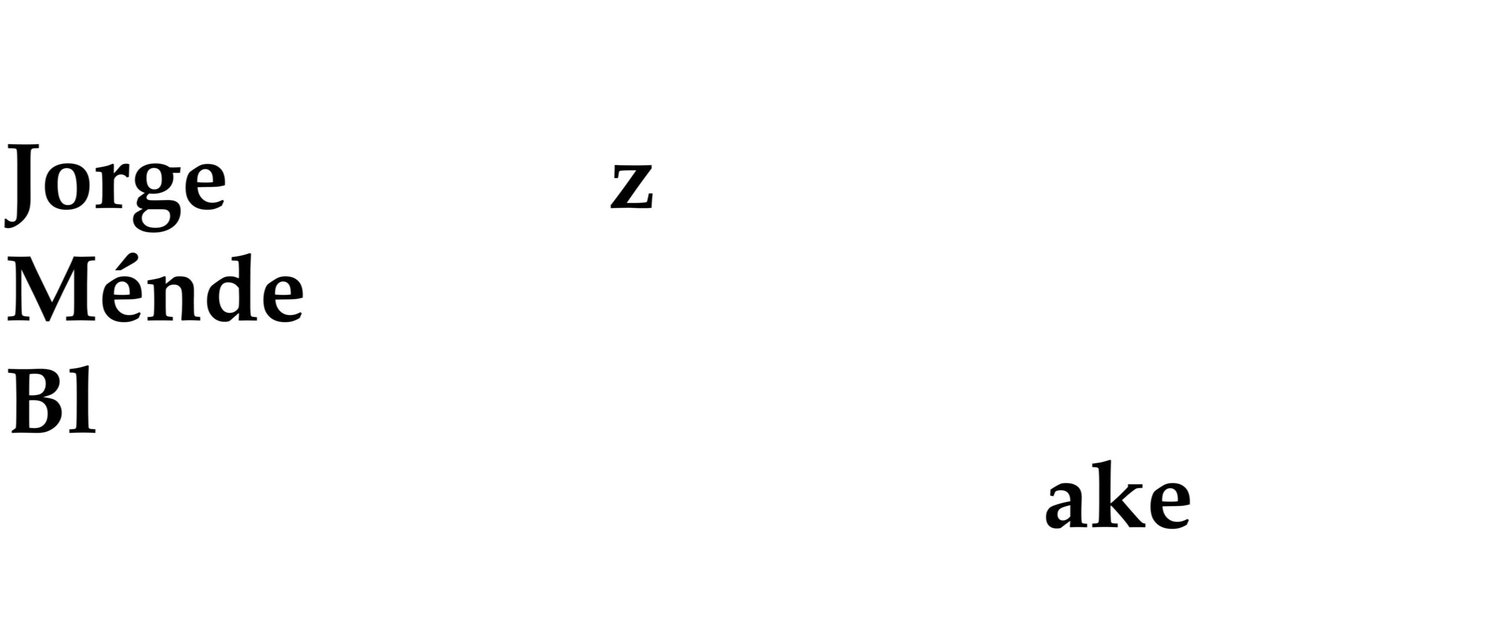A Message from the Emperor
On his deathbed, Franz Kafka communicated a message to Max Brod, friend and eventual executor of his estate: burn all of my unpublished manuscripts. Brod could not abide the directive, posthumously publishing The Castle, The Trial, myriad fragments and short stories, including “The Great Wall of China,” a short story containing the parable about an emperor on his deathbed communicating a message. Like Kafka’s message to Brod, this one from the emperor would not—could not—be executed. The result was the publication of a body of literature that continues to resonate with readers nearly a century after Kafka ordered his life’s work destroyed.
In much of Kafka’s work, the characters are set adrift in the present continuous, unmoored from the past and unable to chart a course toward the future. In “The Great Wall of China,” the narrator describes a piecemeal construction process of the wall in which noncontiguous sections are erected miles apart, prompting him to ask, “How can a wall protect if it is not a continuous structure?” Such is the case with the message in this story. While the word relayed to the messenger by the emperor is clear, the intended recipient understood, he cannot break free from the confines of the imperial palace to deliver the news. When structures are impenetrable, people and ideas are trapped in a space between.
For over a decade, Jorge Méndez Blake has been mining literature for inspiration for his works. Masters like Shakespeare, Borges, Emily Dickinson, and of course, Kafka, have provided source material for his recontextualization of literature into creations of visual art. In this exhibition, Méndez Blake seeks to give physical shape to ideas presented in the text, to materialize the metaphors of walls and messages, to make monuments built of language and letters. Each piece is at once a visual manifestation of words from a page and a collaboration with Franz Kafka exploring the meaning of language. Trained as an architect at the Western Institute of Technology and Higher Education (ITESO) in Guadalajara, Méndez Blake operates in the spaces between disciplines, exploring the poetics of space and the spaces of poetry through the metamorphosis of language into physical forms. The artist connects architecture and literature by way of visual art. This practice fuses two disciplines founded on structure, architecture and literature, into forms defined by the translation of abstract ideas into concrete objects. Ultimately, Méndez Blake writes without writing, using materials to tell stories and communicate ideas.
A Message from the Emperor relates directly to the fractured, vexed universes Kafka created, with several works rising specifically from “The Great Wall of China.” Books, and the words in their pages, serve as the bricks with which the artist builds his works. In the case of A Message from the Emperor (The Palace), the artist literalizes this idea by juxtaposing bricks and books to create the boundaries of the sculpture. In conversation with this installation is a polyptych of drawings, A Message from the Emperor (And so on for a Thousand Years) connecting the idea of the impregnable imperial palace with the discontinuous Great Wall of Kafka’s story, disrupting and dissociating the sections from one another. In Dismantled Language (Marfa), Méndez Blake deconstructs the materials of language, letters, and reconstitutes them in the form of an imposing wall of text.
Just as the writer and the reader collaborate to co-construct a story within the reader’s mind, in A Message from the Emperor, the artist invites the viewer to create his own imagined spaces within the world of this exhibition. Books can serve as the bricks of knowledge, each book contributing a layer of a structure that will never achieve completion. But what happens when letters cleave from language, when the bricks become disconnected from the architect’s plans? Can a message exist in a liminal space for a thousand years? Can we create meaning from a language dismantled? John Updike observed that “Kafka was obsessed with building, with work that is never done, that can never be done, that must always fall short of perfection.” A Message from the Emperor arrives at a particular moment in our political history. We are living in an environment more focused on the building of new walls than on the maintenance of existing bridges or the construction of new connective infrastructure. As a meditation on language and the barriers to understanding, the works assembled here ask us to reflect on the process of communication. Once fractured, can a system, a people, a message be hewn anew?
Jeremiah Davis
